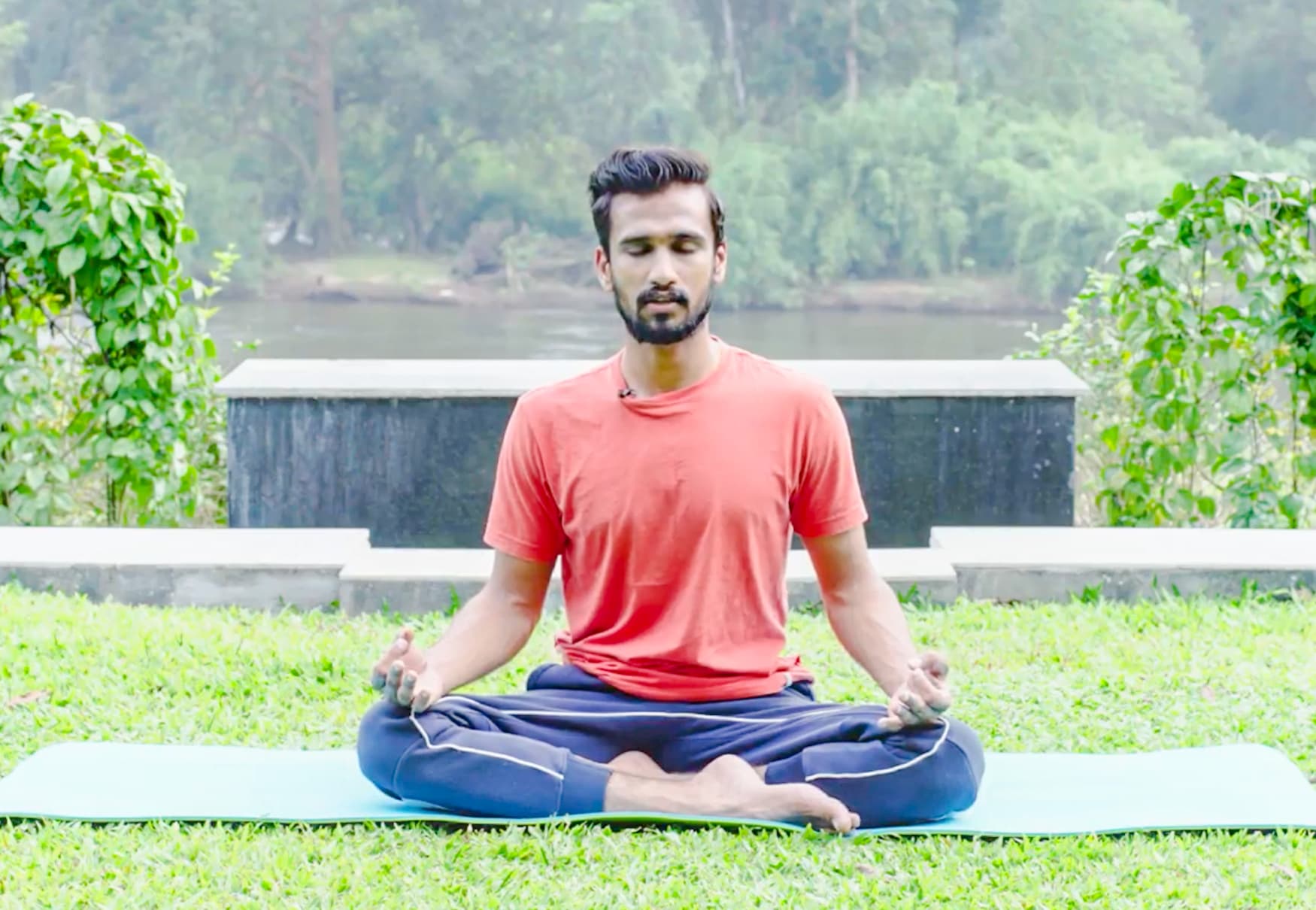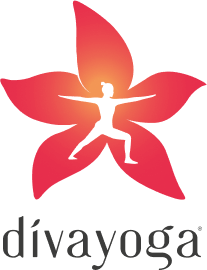Yoga to improve memory power

Just like we train our muscles, training our brain by enhancing its function with regular practice of various brain development activities is important to improve memory power. Our previous generation had amazing memory skills; for instance- they remember all the phone numbers, memories, years old movie names and song lyrics, doing a long list of math with decimals in paisa yet with accurate calculation in seconds and remembering the routes with an absence of GPS. These are the functions of good memory power. Unfortunately, technological advancements have made us lower our mental abilities like memory, reflex, alertness and patience. Practice to mind was part of life back then. Technology with the many benefits it provides us has also contributed to making us lazy and lowering the efficient functionality of the brain.
You can adapt these simple habits in your daily life to improve memory:
- Avoid using a calculator for doing simple calculations.
- Try to remember the contact numbers of at least 10 close family members and friends.
- Try your best not to use road maps for the second time. Try to remember routes.
- Try remembering all your family members and friends dates of birth.
- Memorize the next day schedule with a timeline and duration.
Yoga has various physical asanas and meditation techniques to enhance and improve memory along with a proper diet that has the macro and micro nutrients for brain cell function.
Thoppukaranam (Yogic Squat)
This particular practice of yogic deep squat is traditionally followed in south Indian schools and Gurukul with a specific position of hands to better the coordination of the left and right brain thereby helping improve memory.

Steps:
- Stand with both feet at shoulder width and hold the ears with the opposite hands.
- Inhale deeply and deep squat with the gaze fixed in front of you.
- Exhale and rise up.
- Repeat 12 times.
Benefits:
- Improved coordination between the left and the right brain results in an active nervous system and helps to improve memory.
- Strengthens the glutes and quad muscles.
- Activates metabolism and overall blood circulation in the body.
Contraindications: Avoid doing this pose if you are an arthritis patient or have gone through any surgery recently.
Smarana sakti vikasaka (Concentrate on the Brahmarandhra chakra)
This traditional practice of stillness with the forceful breath is a key practice in sukshma vyayama. Among the 48 ancient practices to activate energy channels in the body called chakras and this particular posture focuses on the crown of the head “fontanel bone”. Regular practise of this exercise will help improve memory.

Steps:
- Stand in Tadasana, feet together and hands rest at the thighs by the side of the body.
- Close your eyes, keep gazing up on the crown of the head.
- Exhale deeply, engage and tighten the muscles all over the body.
- Inhale/exhale, vigorously 25 times with abdominal contraction. Never move the gaze throughout the process.
Benefits:
- Reduces mental fatigue through vigorous breathing.
- Help improve memory by activating the Sahasrara chakra.
- Improves lung and heart health.
Trataka gaze practice
Tratak means to look and gaze at a fixed point with utmost focus and concentration for a particular duration without blinking the eyelids. It is one of the six orthodox cleansing practices in Hatha yoga and helps in opening negative blockages and boosts good mood. It is an amazing practice to improve memory power.
Steps:
- Sit in any comfortable pose with your spine extended straight.
- Place the below image in front of you at eye level.
- Focus at the centre white dot for a few minutes without blinking your eyes.
- Note: It should be quiet and have less lighting with either natural light or artificial light.

Benefits:
- Improves memory, focus and concentration.
- Cleanses the eye and nasal passage.
- Therapeutic for migraine headache and mental fatigue
Contraindication: People with eye disorders, high myopia or any psychic problems like schizophrenia are recommended to avoid this practice.
Kapalabhati
It means skull cleansing. Continuous exhalation with rigorous abdominal contraction to force the lung to throw out the air, which decreases the pressure in the lungs and also removes residual air. This action results in well-oxygenated blood in the body and improves memory. It is very essential in the process of digestion and functions of organs like the digestive system.

Steps:
- Sit in any comfortable pose with hands in chin mudra.
- Inhale deeply and exhale completely, now start exhaling by contracting your abdomen to force your air from the lung through your nostril making sounds of a forceful exhalation.
- Repeat for 60 repetitions within 30 seconds and 3 deep inhale and exhale.
Benefits:
- Improves oxygenated blood in the body.
- Generates heat in the body, that is good for digestion and metabolism.
- Helps improve memory.
Contraindication: People with high blood pressure and vertigo should try to avoid practising this.
Half headstand pose (Ardha Sirsasana)
Ardha Sirsasana is the preliminary practice to headstand, it’s beginner-friendly and safe. It’s also called the king of all postures. The inversion of the body helps in directing blood circulation towards the spinal cord and the brain. The proper blood supply to the brain helps improve memory.

Steps:
- Sit in a tabletop position keeping your legs together and palms on the mat in line to the shoulder.
- Place the elbows in the same spot as the palms.
- Interlock the hands in front, now place the crown on the floor and firmly hold the skull.
- Now gently shift the weight into the crown, lift the knee off the floor with extended legs and walk towards the head as much as possible.
- Hold the posture for 20 – 30 seconds.
- Release and relax by dropping the knee and resting the forehead on the floor.
Benefits:
- Improves mental balance
- Activates Ajna and Sahasrara chakra responsible for focus and improves memory.
- Improves balance and coordination of the body.
Contraindication: Avoid practising this pose if you recently had surgery. People with high blood pressure/neck injury/eye disorder are also recommended to avoid practising this headstand.
Practise these asanas and techniques to boost your memory functioning.
